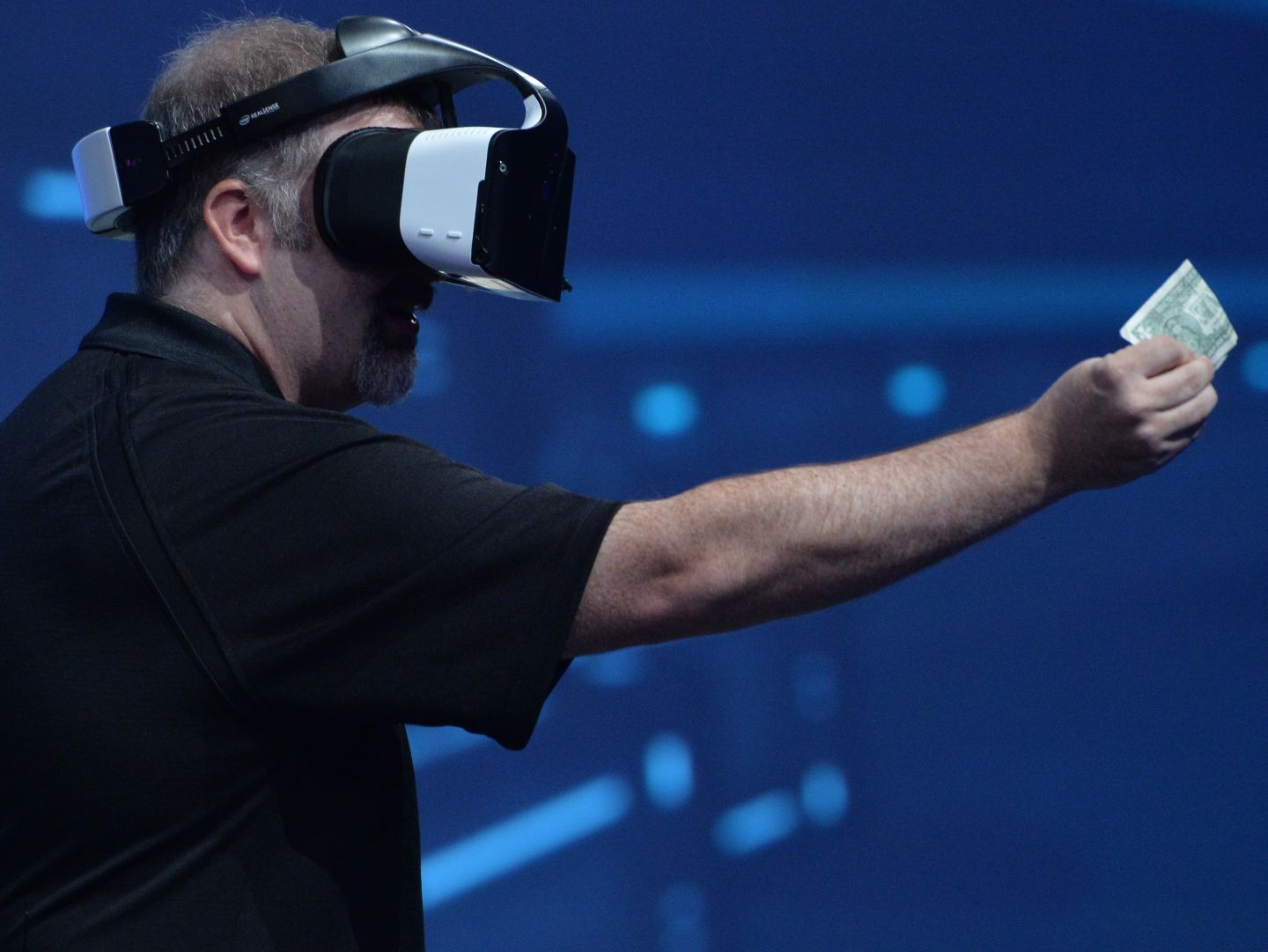Check out Intel's 'Project Alloy' VR headset powered by Microsoft Holographic

Intel has introduced "Project Alloy," it's upcoming wireless virtual reality headset, with a trailer that shows the company's vision for a "merged reality" experience. As we previously reported, Microsoft is teaming up with Intel to provide support for its Microsoft Holographic shell for Project Alloy. It will be added to all Windows 10 mainstream PCs in a 2017 update.
Intel revealed the features of the headset in a blog post
- Go untethered: Operate without pesky cords dangling from your VR headset connecting to the computer. The computing power is located in the Alloy Head-Mounted Device (HMD), which allows the user to experience VR untethered. That means you can "cut the VR cord," allowing a free range of motion with 6 degrees-of-freedom across a large space. This, combined with collision detection and avoidance, enables the user to utilize physical movement to explore a virtual space.
- Immersive experience: Through merged reality, see your hands, see your friends … see the wall you are about to run into. Using Intel RealSense technology, not only can you see these elements from the real world, but you can use your hands to interact with elements of your virtual world, merging realities.
- No external sensors: Alloy's merged reality is made possible by Intel RealSense cameras attached to the headset and is not dependent on setting up any external sensors or cameras around the room.
Intel plans on open sourcing the Project Alloy hardware in the second half of 2017, which will allow hardware makers to create devices that use its design, along with Microsoft Holographic. Company CEO Brian Krzanich also wrote a post on Medium about Intel's ultimate vision of a "merged reality" for experiencing VR software:
Merged reality goes beyond computer-generated content. It's about bringing the real physical world into the digital world real time — and reimagining it with computing power. Rather than a single point of view, advancements like Intel's Replay 360-degree technologies use encoded video and advanced composition algorithms captured from an array of cameras to digitize whole playing fields and venues — from any position, from any point of view, and with an enhanced ability to interact. This is a game changer for the entire category of virtual and augmented reality. You choose the experience, and you get to navigate real-world content in new ways.
All the latest news, reviews, and guides for Windows and Xbox diehards.

John Callaham was a former contributor for Windows Central, covering Windows Phone, Surface, gaming, and more.
